In the competitive world of sales, success isn’t stumbled upon—it’s crafted, honed, and perfected much like the journey of a top athlete in the realm of sports. This comparison might initially seem far-fetched to some, but upon closer examination, the parallels between excelling in sales and succeeding in top-level sports are strikingly clear. Both arenas require relentless practice, a dedicated coach to guide and refine techniques, and an unwavering commitment to improving performance despite the absence of immediate results. While we wrote before on sales as a team sport, this article focuses more on the individual. It explores the compelling reasons why sales can be compared to top sport and why understanding this analogy is crucial for those looking to excel in their sales careers.
The Importance of Practice
In top-level sports, the saying goes, “practice makes perfect.” This mantra is equally applicable to sales. Just as athletes spend countless hours perfecting their skills, sales professionals must also dedicate themselves to mastering the art of selling. This involves not just understanding the product or service but also developing the ability to read the buying readiness of potential clients, navigate to next objectives, and help the customer to buy. Just like in sports, the practice in sales is continuous, aimed at refining and improving every aspect of the sales process. Having a customer agnostic sales process, that aligns with the buying readiness of the customer, gives you a big advantage creating clarity on what to practice.

The Role of a Coach
Behind every successful athlete is a coach who has guided, mentored, and pushed them to achieve their best. Similarly, in sales, having a mentor or coach can significantly impact a sales professional’s growth and success. A good sales coach provides invaluable feedback, helping to identify areas for improvement and adjust strategies as necessary. They offer an outside perspective that can highlight blind spots and open up new avenues for development that the salesperson might not have considered. Unfortunately, very often, sales managers don’t take up the role as coach because they lack time, because they were never trained to coach or simply lack the capability. On top of that, they hardly get questions from their manager on the coaching results, but get daily or weekly questions on the numbers.
The Challenge of Immediate Results
As sales is percieved as a number game, sales people are biased towards immediate results. One of the biggest challenges both athletes and sales professionals face is exactly this expectation of immediate results. In sports, the impact of a new training regimen or technique might not be evident in the short term. Likewise, in sales, efforts to improve practices or implement new strategies do not always lead to instant success. This delay in seeing results can be discouraging, but it is a critical phase where the foundational elements for future success are laid down.
Traditional Training vs. Continuous Improvement
This expectation of instant gratification is where traditional sales training often falls short. Traditional methods may provide a foundational knowledge of sales techniques and processes, but they fail to account for the individual’s need for continuous improvement and adaptation. Just as athletes must constantly evolve to stay competitive, sales professionals must also continually refine their approach to stay ahead in a dynamic market. Implementing next practices and integrating feedback from a coach are crucial steps that move the needle towards achieving commercial excellence.
Conclusion
The comparison between sales and top sport is not just a metaphor but a reflection of the reality that success in both fields requires the necessary dedication, practice, and the willingness to persist through periods of no apparent progress
Just as top athletes understand that their achievements are the result of continuous effort and guidance from a coach, sales professionals must recognize that their success will also come from a similar commitment to excellence.
Embracing this mindset can transform the way sales is approached, leading to not just improved results but also a more fulfilling career in the competitive world of sales.
Not sure on how to start? Get in touch!.



 Luc Vanheule
Luc Vanheule



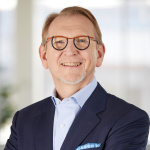 Pascal Persyn
Pascal Persyn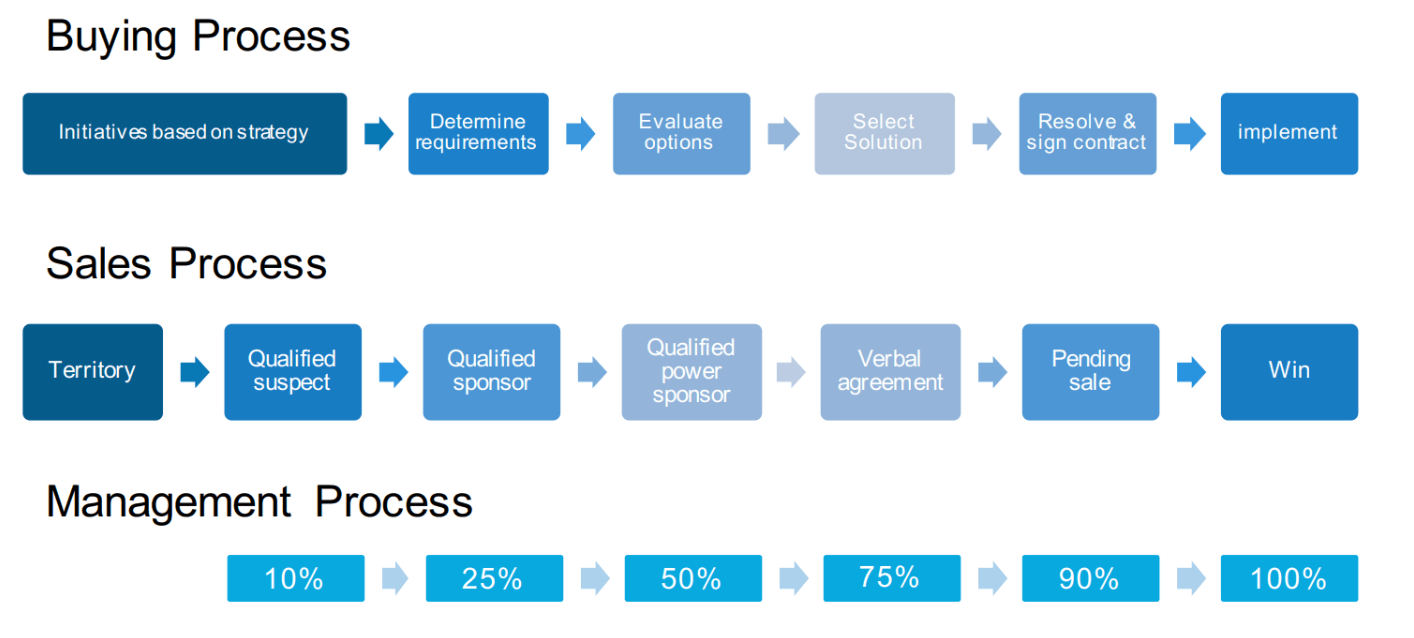

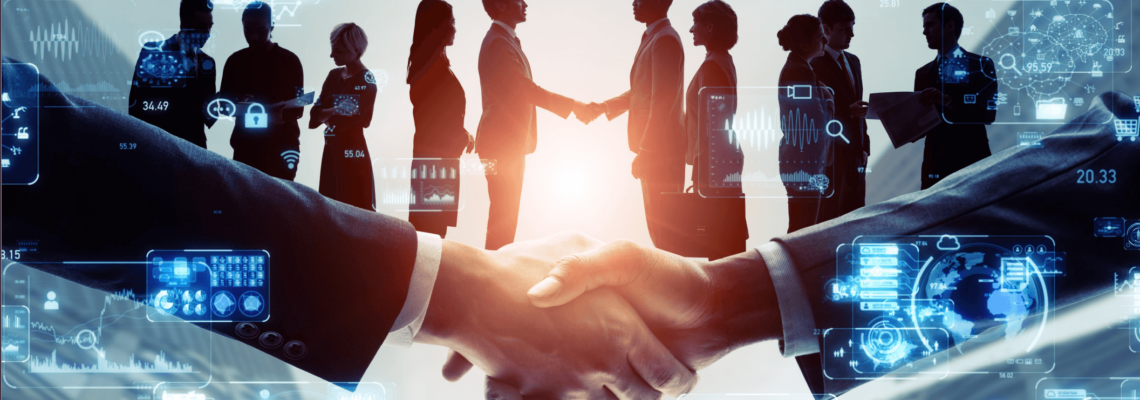

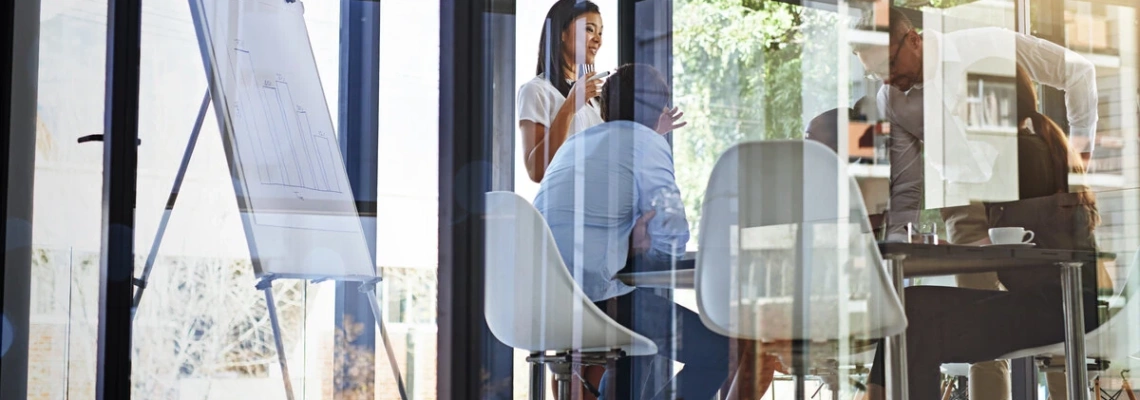
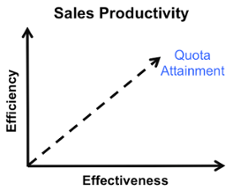
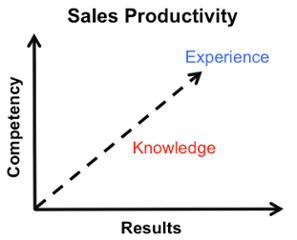




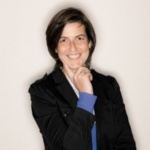 Els Costers
Els Costers



 Karine Vandenberghe
Karine Vandenberghe

 Eliseo Manfron
Eliseo Manfron